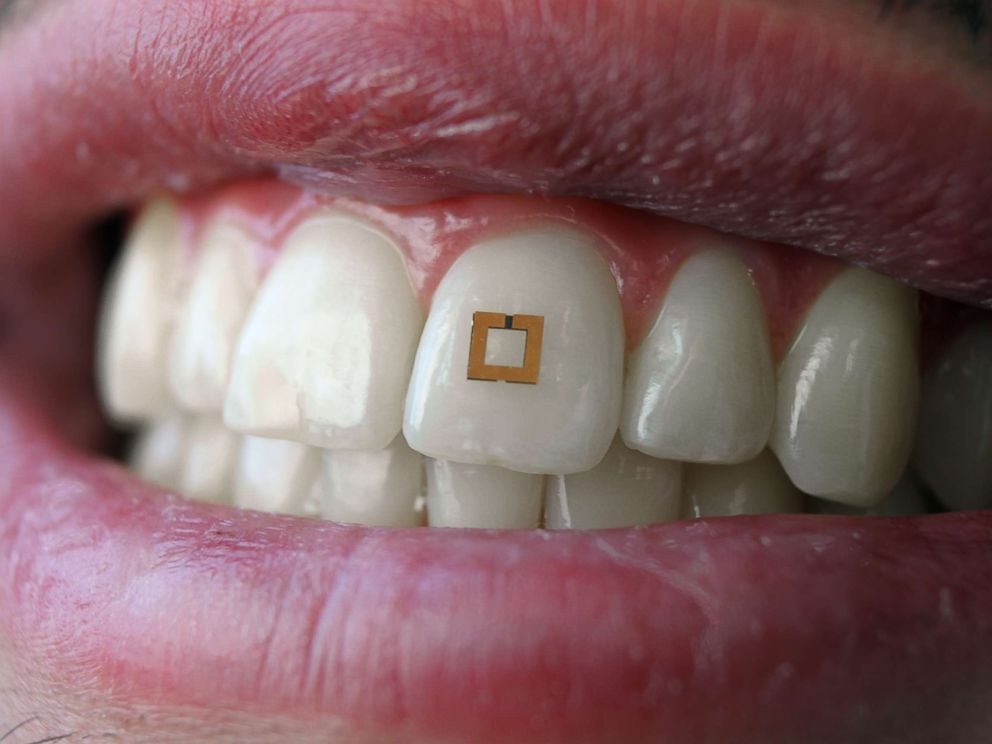Thousands Of Swedes Are Inserting Microchips Under Their Skin
In Sweden, a country rich with technological advancement, thousands have had microchips inserted into their hands.
The chips are designed to speed up users’ daily routines and make their lives more convenient — accessing their homes, offices and gyms is as easy as swiping their hands against digital readers.
More than 4,000 Swedes have adopted the technology, with one company, Biohax International, dominating the market. The chipping firm was started five years ago by Jowan Osterlund, a former professional body piercer.
Many early adopters come from Stockholm’s thriving startup scene. Erik Frisk, a 30-year-old Web developer and designer, says he was really curious about the technology as soon as he heard about it and decided to get his own chip in 2014.
Sweden’s largest train company has started allowing commuters to use chips instead of tickets, and there’s talk that the chips could soon be used to make payments in shops and restaurants.
Swedes are used to sharing personal information, with many online purchases and administrative bodies requiring their social security numbers. Mobile phone numbers are widely available in online search databases, and people can easily look up each other’s salaries by calling the tax authority.

